Market Analysis
In-depth Analysis of Industrial Rubber Market Industry Landscape
The industrial rubber market is subject to a variety of market dynamics that influence its growth, trends, and competitive landscape. One of the primary factors driving this market is the extensive use of rubber across various industries, including automotive, construction, manufacturing, and aerospace. Rubber is a versatile material known for its elasticity, durability, and resistance to abrasion, corrosion, and extreme temperatures. As a result, it serves as a critical component in a wide range of industrial applications, such as tires, seals, hoses, gaskets, conveyor belts, and vibration isolators. The demand for industrial rubber is closely tied to economic activities and industrial production, with factors like GDP growth, infrastructure development, and manufacturing output influencing market demand.
Technological advancements also play a significant role in shaping market dynamics within the industrial rubber industry. Continuous innovation in rubber compounding, processing techniques, and material science has led to the development of high-performance rubber formulations with enhanced properties such as strength, flexibility, and chemical resistance. Advanced manufacturing processes, including injection molding, extrusion, and compression molding, enable the production of complex rubber components with tight tolerances and precise specifications. Additionally, advancements in rubber additives, fillers, and reinforcements contribute to improving the performance and durability of industrial rubber products. These technological innovations drive product differentiation, cost efficiencies, and quality improvements, shaping market trends and competitive dynamics. A milky latex textured hydrocarbon polymer available in the sap of various plants makes natural rubber. Rubber can be manufactured chemically as well, and it is called Synthetic rubber. Rubber is highly used in industries such as electronics, electrical, automotive, industrial manufacturing, building, construction, and others because of its physical properties like tear resistance, abrasion resistance, compression set, tensile modulus, elongation, hardness, strength, and others.
Furthermore, market factors such as raw material availability and pricing significantly impact the industrial rubber market. Natural rubber and synthetic rubber are the two primary raw materials used in rubber manufacturing, with natural rubber sourced from rubber trees and synthetic rubber derived from petrochemicals. Fluctuations in the prices of raw materials, geopolitical tensions, weather conditions, and supply-demand dynamics can affect the cost and availability of rubber feedstocks, influencing production costs and pricing of industrial rubber products. Additionally, changes in regulations, trade policies, and environmental concerns may impact the sourcing and sustainability of raw materials, shaping market dynamics and industry trends.
Regulatory requirements and environmental considerations also play a crucial role in shaping market dynamics within the industrial rubber industry. Governments and regulatory bodies impose regulations and standards governing rubber manufacturing, product safety, and environmental protection to ensure consumer safety and mitigate environmental risks. Compliance with regulations such as REACH (Registration, Evaluation, Authorization, and Restriction of Chemicals) in Europe and ASTM (American Society for Testing and Materials) standards in the United States is essential for manufacturers to maintain market access and meet customer requirements. Moreover, growing awareness of sustainability and environmental concerns drives demand for eco-friendly rubber products made from recycled materials or bio-based sources, influencing market trends and consumer preferences.
Moreover, market dynamics within the industrial rubber industry are influenced by changing industry trends and customer preferences. For instance, the automotive industry's shift towards electric vehicles and lightweight materials drives demand for specialty rubber compounds with improved electrical conductivity and thermal management properties. Similarly, the construction industry's focus on energy efficiency and sustainability drives demand for rubber seals, gaskets, and insulation materials that meet stringent performance and environmental standards. Additionally, the adoption of Industry 4.0 technologies such as automation, robotics, and predictive maintenance drives demand for smart rubber products with embedded sensors and connectivity features. By staying abreast of industry trends and customer needs, manufacturers can align their product offerings and marketing strategies to capitalize on emerging opportunities and stay competitive in the dynamic industrial rubber market.

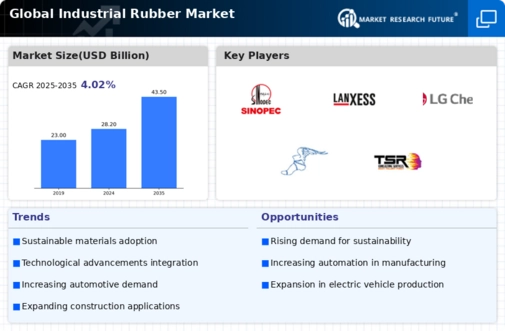
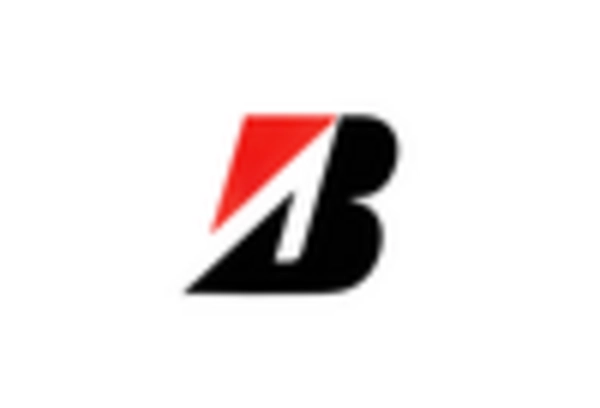

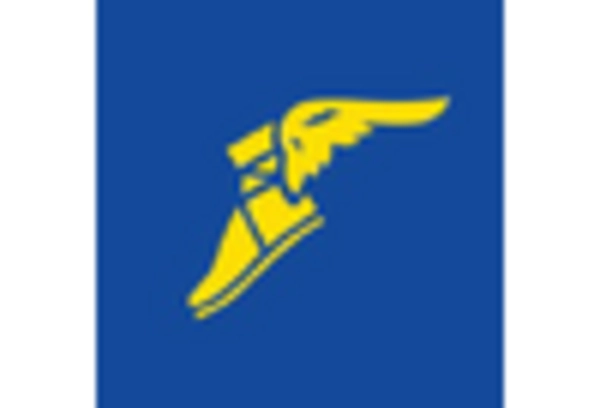

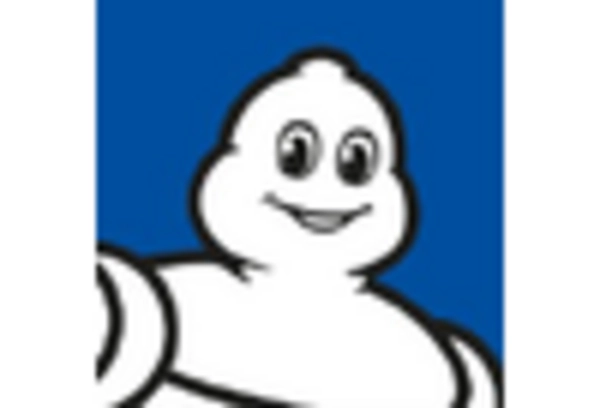
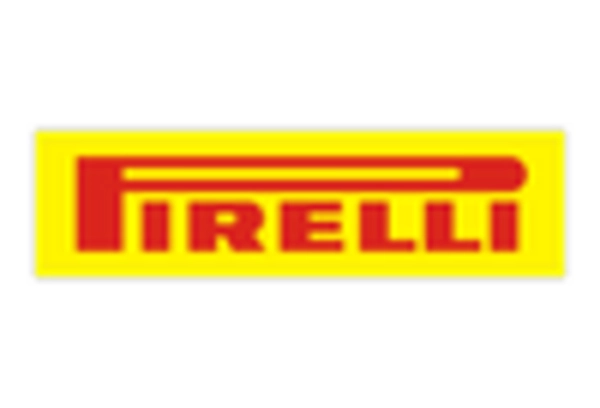









Leave a Comment